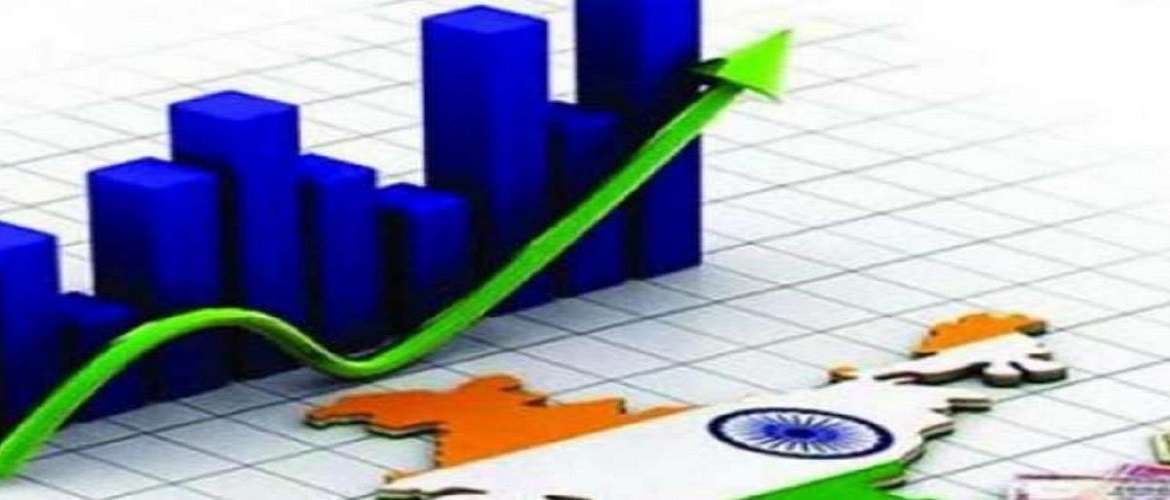Revival Policies Should Be Country-Specific
November 18, 2020 | Expert Insights

Dr Sachchidanand Shukla is the Chief Economist at Mahindra & Mahindra Group. He was previously the senior vice-president-economist at Axis Capital. This article is based on his views expressed during the 91st Synergia Virtual Forum.
The solutions being offered by the IMF this time around differ from the time of the Global Financial Crisis (GFC) and New Delhi does not appear to have similar views as the IMF.
Previously, austerity was the suggested panacea, and in 2020, the prescription being offered is that advanced economies have the licence to print and spend money without worrying about the debt metrics. This tells countries like India and other emerging market economies that they have to prepare for a world in which open-ended expansionary policies are considered the norm. In certain cases, this will fuel the search for higher yields; in emerging markets, it could be commodities. All of this could lead to asset price inflation which would make it tough for countries like India to deal with since they lack the fiscal bandwidth of developed economies. Mr Sumi’s comment on this was that the spillover effect should be managed by the respective countries keeping an eye on their economic condition and using that to determine the monetary policy. A few suggestions that have been put out are the macroprudential policy, foreign exchange market intervention, and a more integrated policy framework.
In a country like India, the limits of redistribution are being reached. There is a need to focus on the common denominator, which is growth. The growth should return on a sustainable basis. While the world talks about redistribution, for India, it should be the opposite. It is urgent to figure out how to get growth back given the fact that India is a 1.3 billion-plus population, with an economy that has grown at 7 per cent over the past decade. With its own peculiar compulsions, continuing on an identical path as the rest of the world is not a viable option. India has been trying to redistribute for the last 20 years. The conversation boils down to two key points for India: getting growth back and getting the denominator back.
MONETARY AND FISCAL ANGLES
In the GFC, the economy was hit by quantitative easing. The present IMF model advocates that one can expand its balance sheet not only on the monetary but also on the fiscal side. The advice is to spend and not indulge in premature withdrawal which ventures into the concepts of portfolio flows and asset inflation. With advanced economies possibly getting into medium or long-term projects, emerging markets like India would struggle for FDI. There is the need to be careful in extrapolating the monetary as well as the fiscal licence to print and spend.
India was battered with a reduction to -10.8 per cent in the IMF presentation. Yet, when one looks at the high-frequency indicators from a couple of months ago, the economy seems to be bouncing back, at least on the side of manufacturing. Each country is coming in with different fiscal or monetary backdrops, and therefore the responses are to be very country-or region-specific. One thing to highlight is the twin trajectories of growth in manufacturing services or various other sectors. While people are talking about a -10 per cent point in the fiscal year, economies should not lose sight of the fact that there are going to be multiple sectors that could even be - 50 per cent or - 60 per cent when the year is done. GDP growth numbers are broader averages for the country, yet the need right now is to get into specific and niche segments, which are likely to get badly hurt in the near term.
The potential growth rate is going to be affected, so the focus should be on looking at it as a multi-year recovery. At the same time, one should not lose out on other innovative sprinters like technological change, adaptability etc. It would do well to forget the -10 per cent and look at the outliers, where there could be both real winners.








Comments